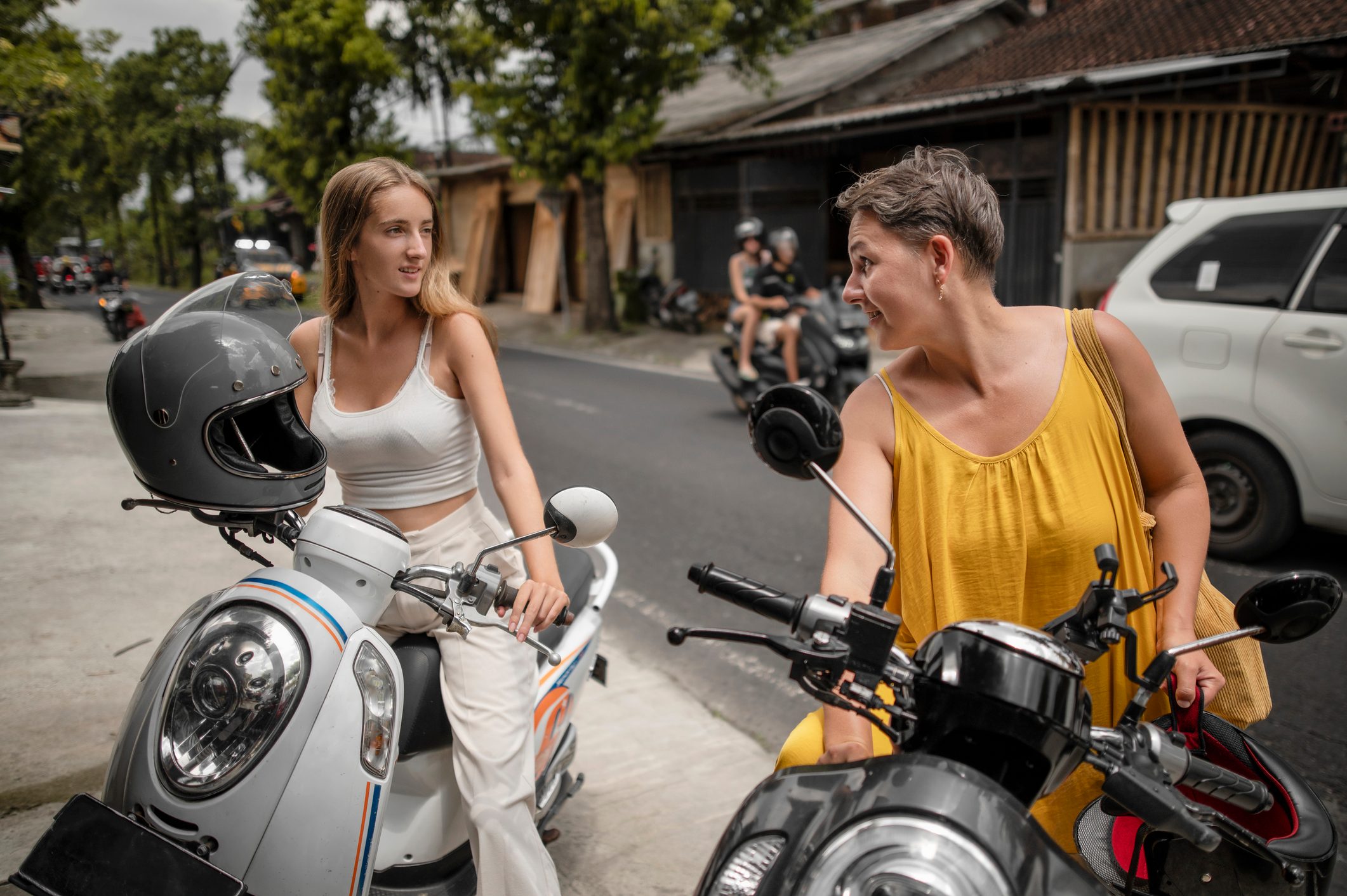
Don’t go overseas without it: why travel insurance is essential this winter holiday season
As winter sets in, Australians are embracing the opportunity to travel abroad, seeking warmer climates or snowy adventures. The Australian Bureau of Statistics’ (ABS) latest overseas arrivals and departures data revealed that Aussies took more than one million short-term trips in April 2025 – up 8.3% compared to the same period the previous year.









.png)